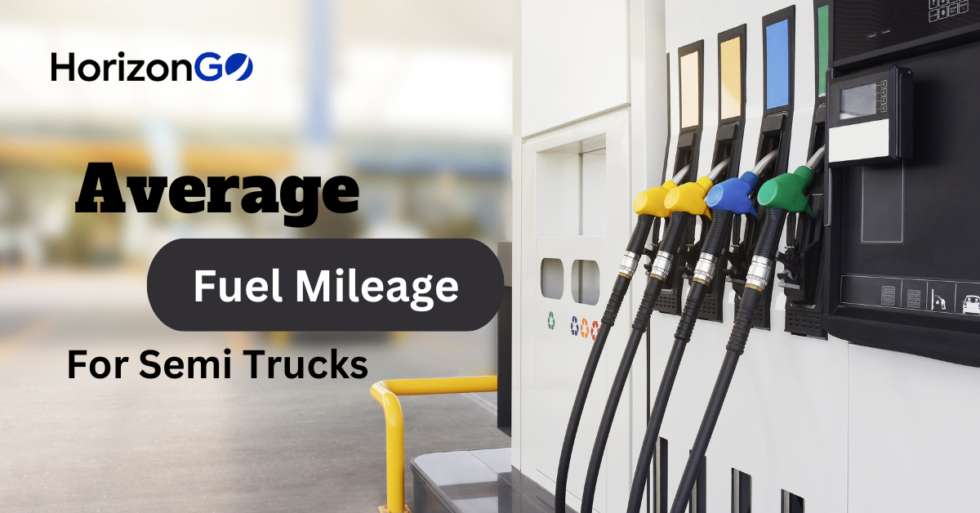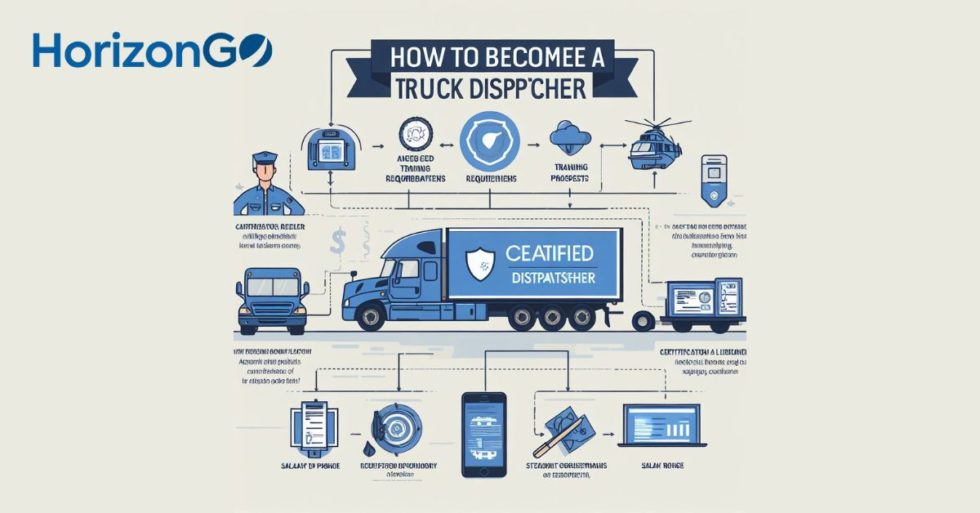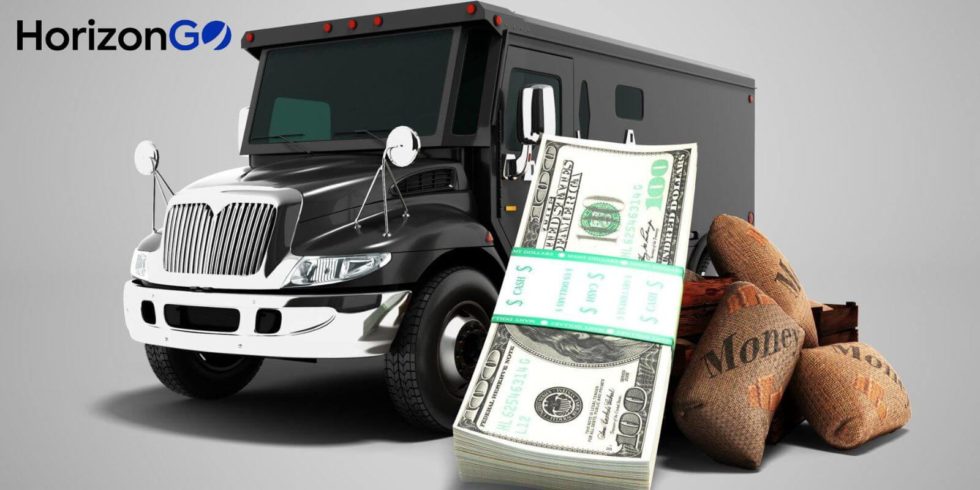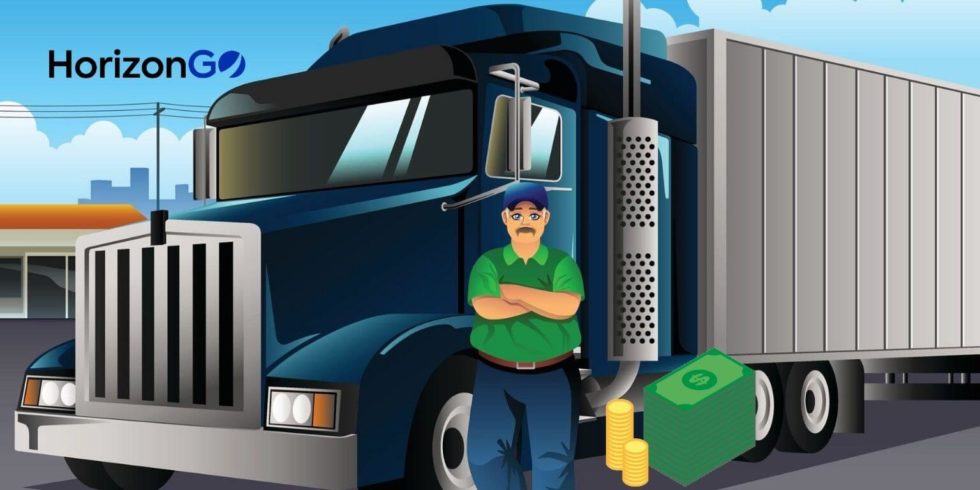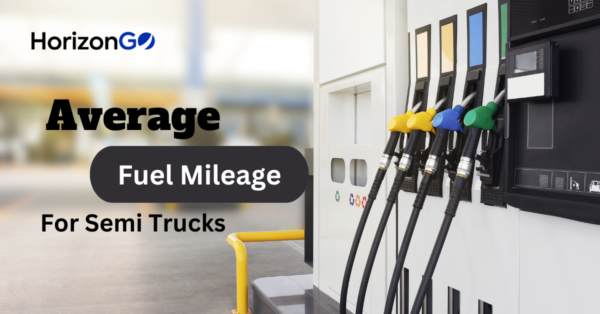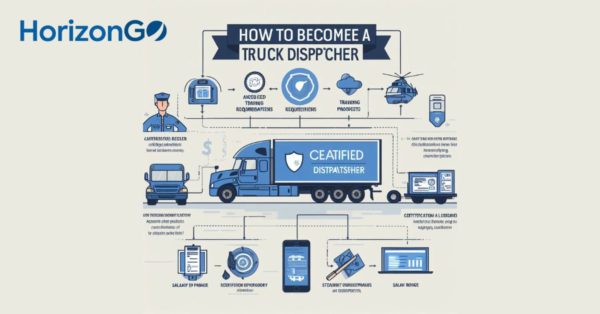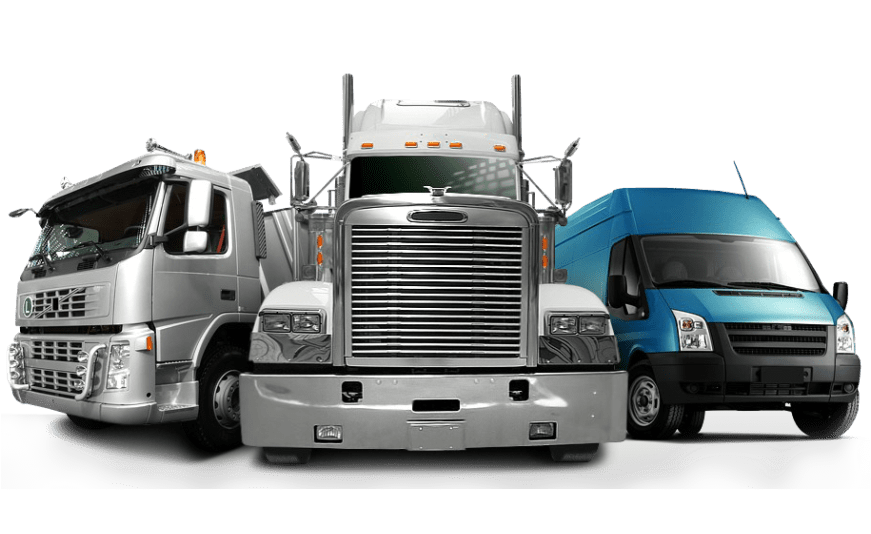
If you’re in the trucking industry, you know all too well the pressures fleet owners are facing in regard to the driver shortage. As the economy has shown a slight improvement and as gas prices have dropped significantly, manufacturers, retailers, and business owners have loosened their wallets a bit and the need for shipping is up. Unfortunately, while all of this is going on, fleet owners are having a harder time recruiting and retaining drivers. Many solutions have been suggested to quell this growing problem, but one seems to stand above them all: technology.
How Can Technology Help?
While it’s true that raising wages, providing more time off, and offering additional benefits may help to recruit and retain drivers, the fact is that technology is at the core of all of these ideas. For example, in order to raise wages, you need to increase efficiency and reduce costs, and this can be achieved by using cloud-based software to route trucks. Likewise, providing drivers with more time off can be done by having the technology in place to track available hours and keep up with HOS regulations. Essentially, technology, and in particular cloud-based technology, is necessary in order to attract and keep drivers using a variety of methods.
How Can Technology Hurt?
Although technology offers fleet owners a greater chance to find the right employees, it can also hurt. Many drivers today feel that EOBR devices are too intrusive, and this leads to lowered morale, dissatisfaction with the job, and ultimately, a driver who quits. In addition, technology that isn’t networked can be a hindrance to both drivers and fleet owners. This is why cloud-based systems are so important in allowing drivers to relay information in real time. For example, using cloud-based technology, a driver can take a picture of a piece of billing paperwork and send it to a central cloud-based system. From there, the order can be processed, getting the driver back on the road faster and easing your billing process. Not being able to do this slows things down and results in driver dissatisfaction.
Combatting the Negatives
In short, drivers need to be assured that you are on their side when it comes to the intrusiveness of today’s tracking technology. You can do this by pointing out the positives, some of which are mentioned above, but also by demonstrating the positives. Instead of just patting a driver on the back and telling them you understand, design a system of additional time off using EOBR statistics. Likewise, demonstrates the additional pay a driver receives through the use of efficient routing based on EOBR and cloud computing systems. Perhaps you could devise a chart that shows how a driver’s pay has increased as a direct result of EOBR and cloud-based technologies. By actually showing a driver how this technology helps, as opposed to simply telling them, you’re more likely to have happier drivers who stick around for the long haul.
How do you feel about technology’s effect on driver retention? Will technology reverse the driver shortage? Has your company used any cloud-computing strategies to keep drivers happy? Leave your comments below, and don’t forget to share this post on Facebook, Twitter, and your other social media profiles.
Similar Articles:
- Is a Societal Shift to Blame for the Current Driver Shortage?
- Trucking’s Future Looks Great for Those Willing to Adapt to Technology
Narrowing in on Information Through Telematics Systems
About the Author
Chuck Melton

Chuck Melton is a pioneer in the transportation technology field. Founder of one of the early PC-Based trucking software companies – Integrated Transportation Software in 1984, he developed one of the first links to satellite-based onboard systems including Qualcomm’s (at the time) OmniTracs system. He sold the assets to Qualcomm and has managed a successful software company for over 30 years serving trucking companies across the nation.
Chuck continues to see plenty of pioneering opportunities to create value for trucking companies. With the advent of web-based database systems, low-cost EOBRs, tablets, and smartphones, the 21st-century trucking company can become a seamless part of the supply chain… anywhere, anytime on any device! READ MORE


